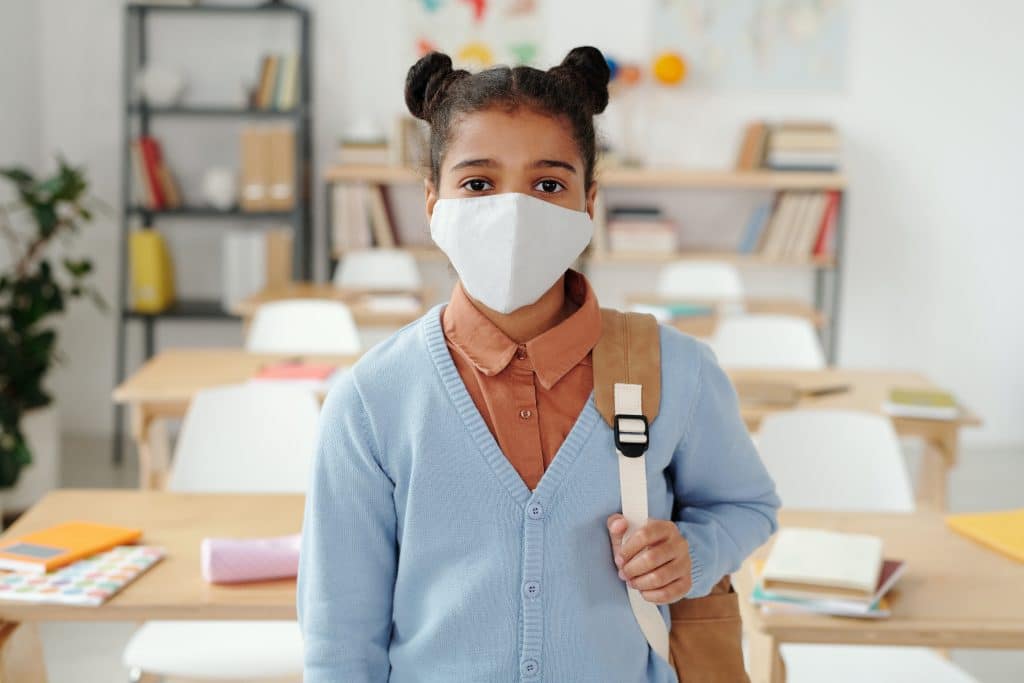
The Beginning of the Return to Onsite Learning

Schools have finally re-opened on Monday 12th of October and students who are enrolled in Prep up to Grade 6 in standalone primary schools have now returned to onsite learning. Education Minister James Merlino announced the reopening of schools this month since experts have now seen the region’s progress in defeating the second wave of Covid-19.
Students enrolled in years 7, 11 and 12 have also begun returning to onside learning, but it’s the school’s prerogative to stagger the return depending on their area. However, it’s expected that all students in Prep to Year 7, 11, and 12 are expected to be back to school by Friday, 16th of October as per Victoria’s reopening roadmap.
How to help your child as they transition back to school?
Returning to school this October will be quite daunting for most students. In fact, parents and children will most likely feel overwhelmed with all the preparation they need to do. This will generate some stress and anxiety. The threat of contracting the coronavirus in schools will make the transition even harder for many students and parents.
It is important for parents to guide their children, and help them cope with the transition, reducing their worries and concerns. In fact, there are several ways to foster a more positive mindset that will make the back-to-school transition much more comfortable, including:
- Talk to your children and know their concerns
It’s essential for you to talk to your children, especially when it comes to Covid-19 and its impact on their lives when returning to school this October. You must emphasise their role and how they should protect themselves by following health protocols (washing hands, using hand-sanitizer, avoid touching their face, and social distancing).
- Know their fears and how to tame them
As parents, you must identify your children’s fears and concerns and what they should do about them to lessen the impact on their lives. This strategy is called name-it-to-tame-it wherein your child will label their fears and what they should do to manage it effectively. We should acknowledge that some things are out of our control, and we must focus on things that we can control.
- Always be calm
It’s okay to worry, but we must not show this negative feeling to our children since this could amplify their fears. As parents, we must be calm and show we are confident that everything will be alright as long as you and your children follow the standard health protocol. This will encourage your children to have a cheerful attitude when going back to school.
It may also be necessary to find a tutor for your child to help them catch up on concepts they did not quite grasp during remote learning.
What to expect in schools?
Schools will now require students to wear masks and do frequent hand washing as part of the health protocol set by the government of Victoria. They will also limit the number of students per classroom since this is essential for social distancing. So, you can expect that they might re-arrange the sections and alter school hours to cater to students’ needs and health standards.
What to do if you or your child feel unwell
If you noticed that your child is not feeling well, you should immediately call your healthcare provider and schedule a check-up. It’s important to know the cause of their illness and get a test if any symptoms of Covid-19 are apparant. If a positive test result is found for you or your children, you will need to quarantine your family, including your children, for at least 14 days. This will prevent any unnecessary transmission of the virus, as well as determine the current health situation of your child.
Overall, you must guide and reassure your children as they make sense of the challenges faced during their transition back to school.
